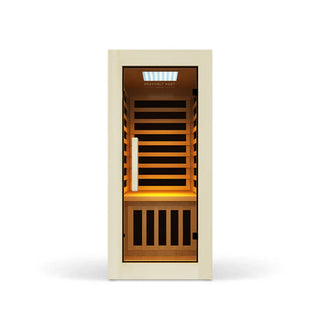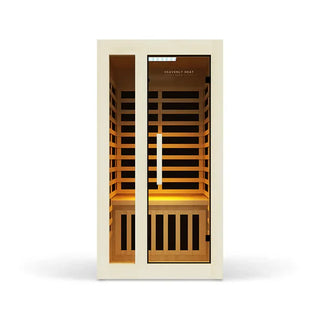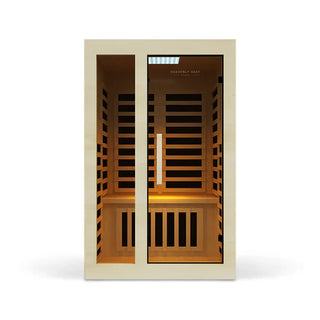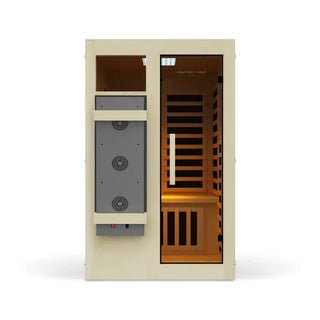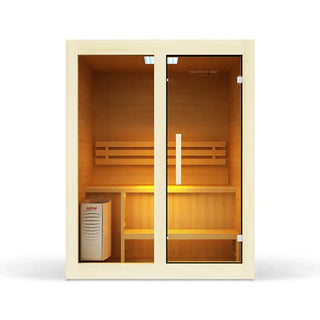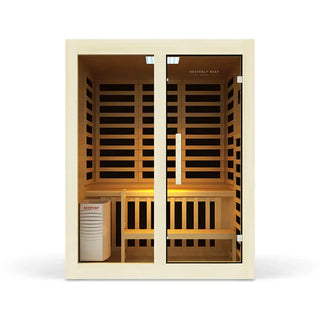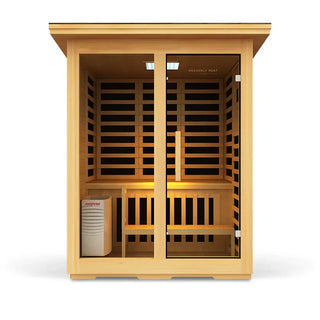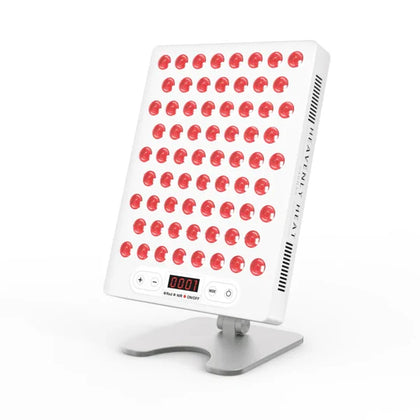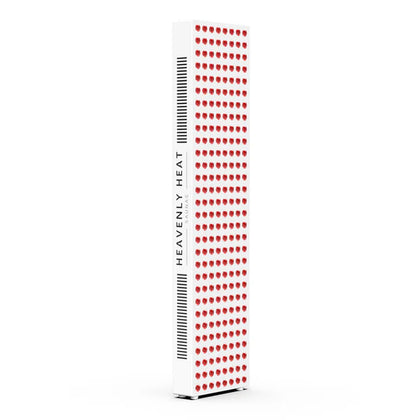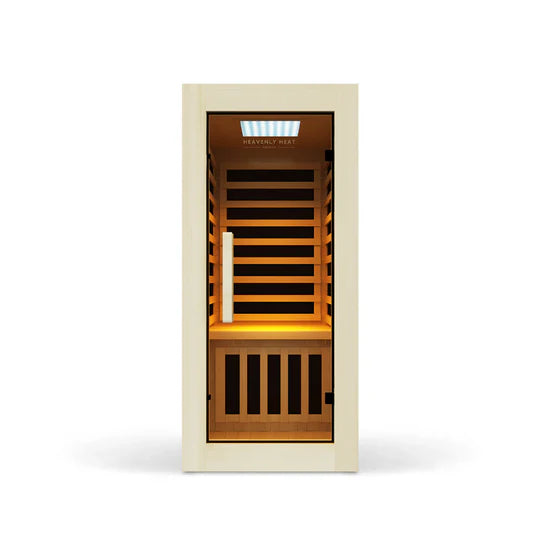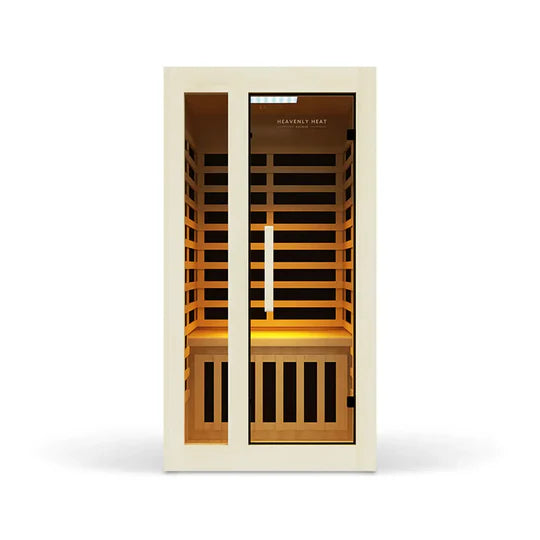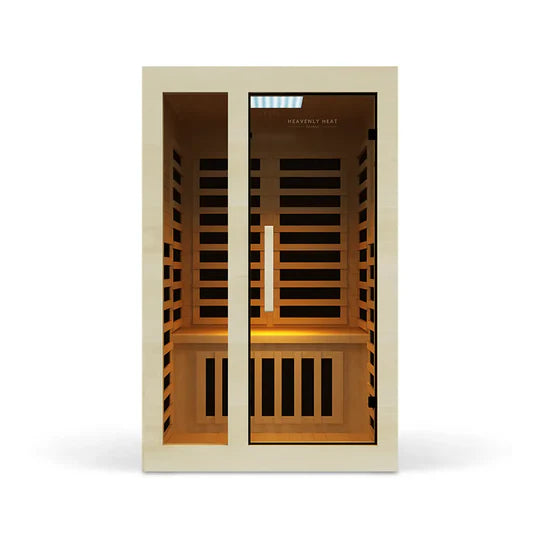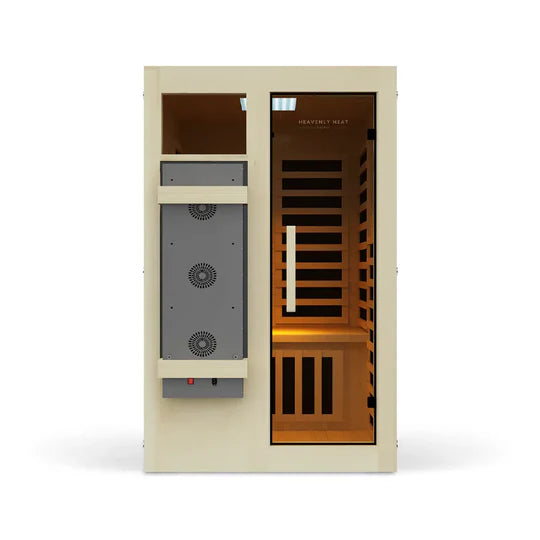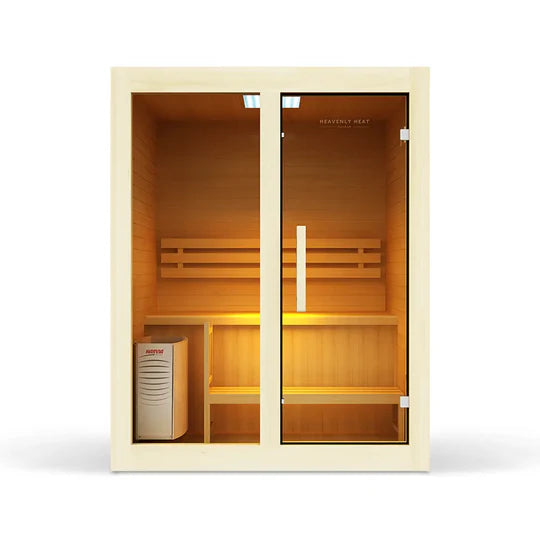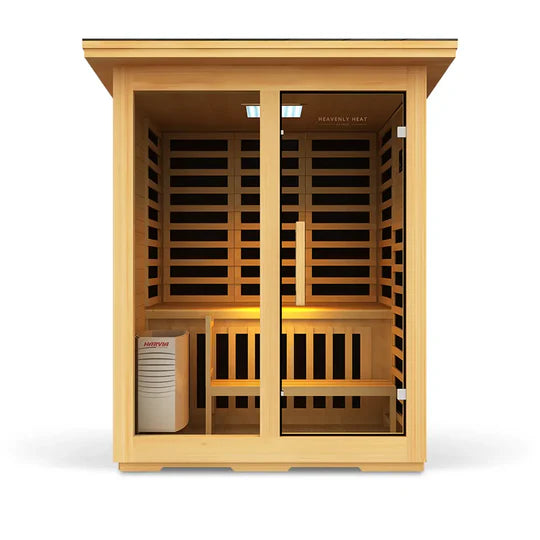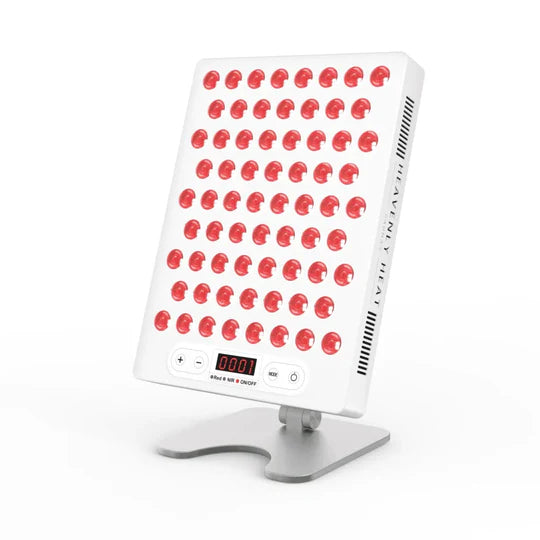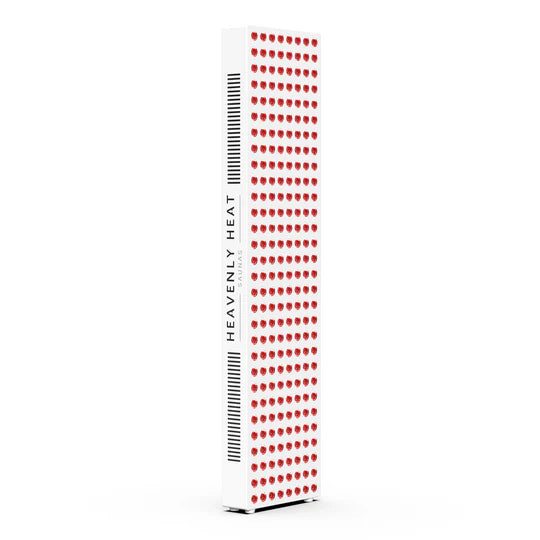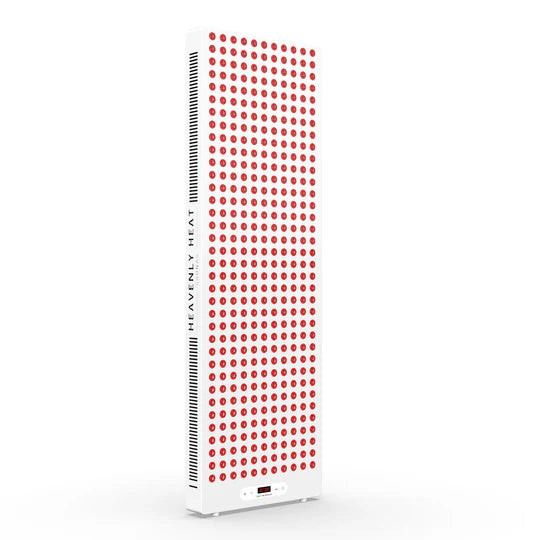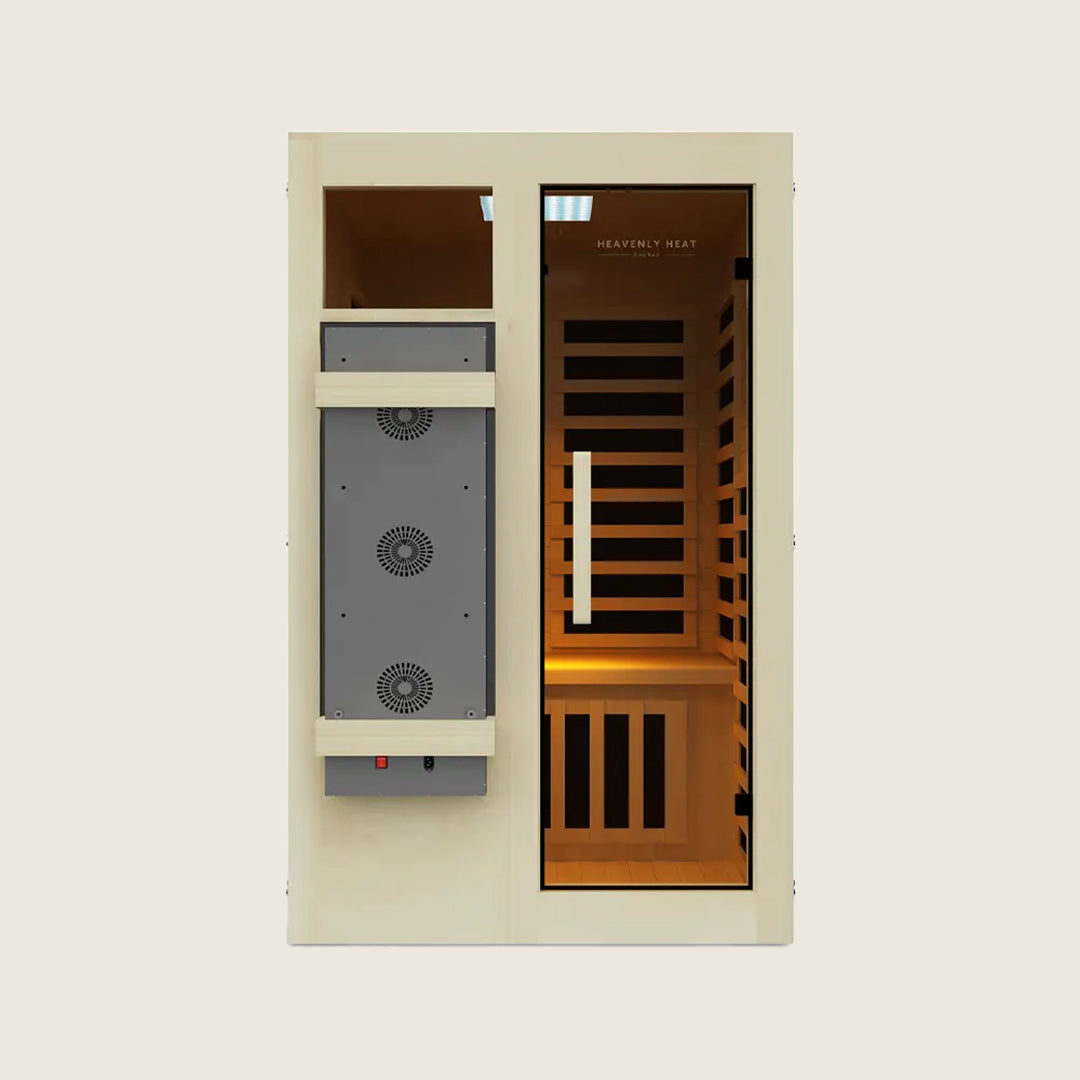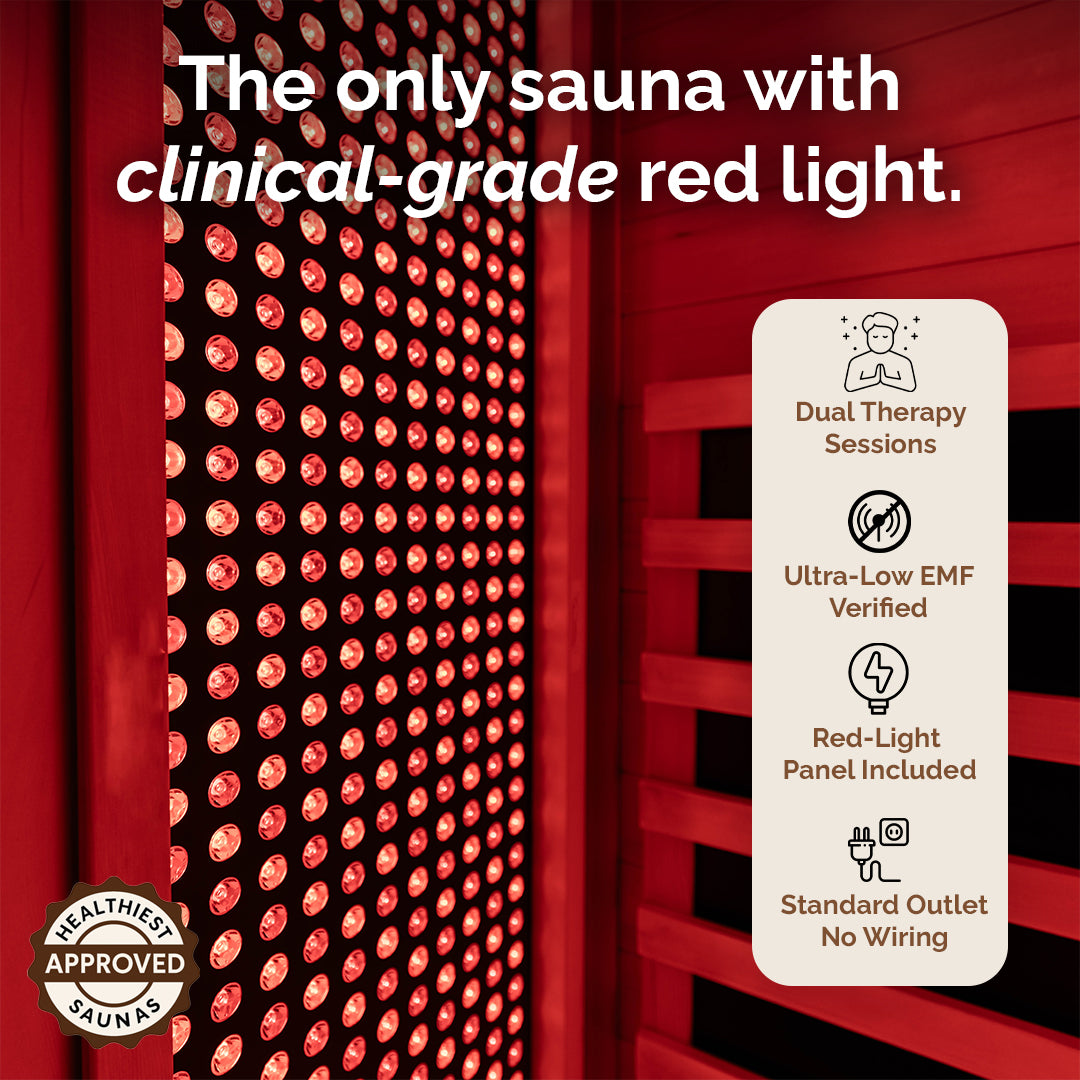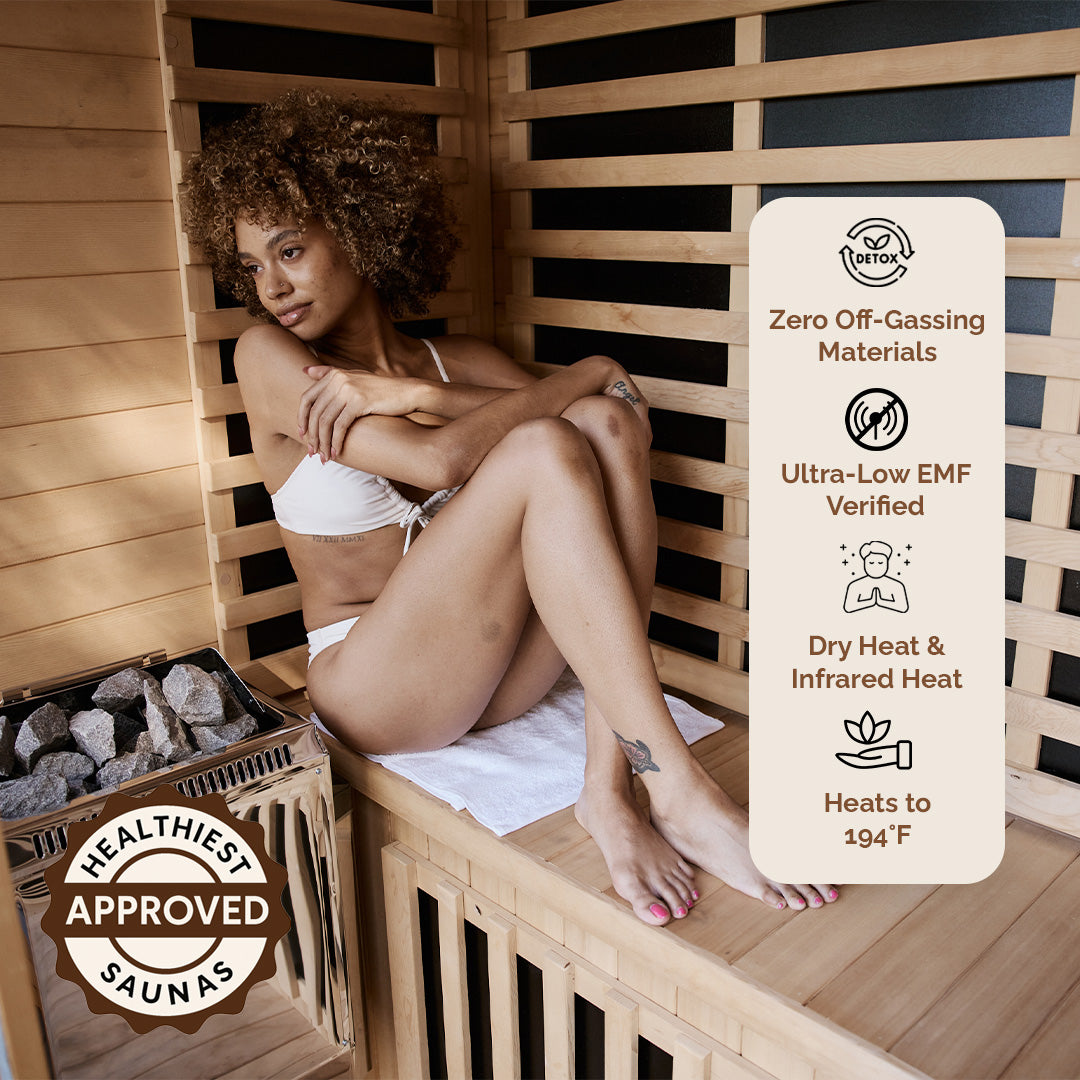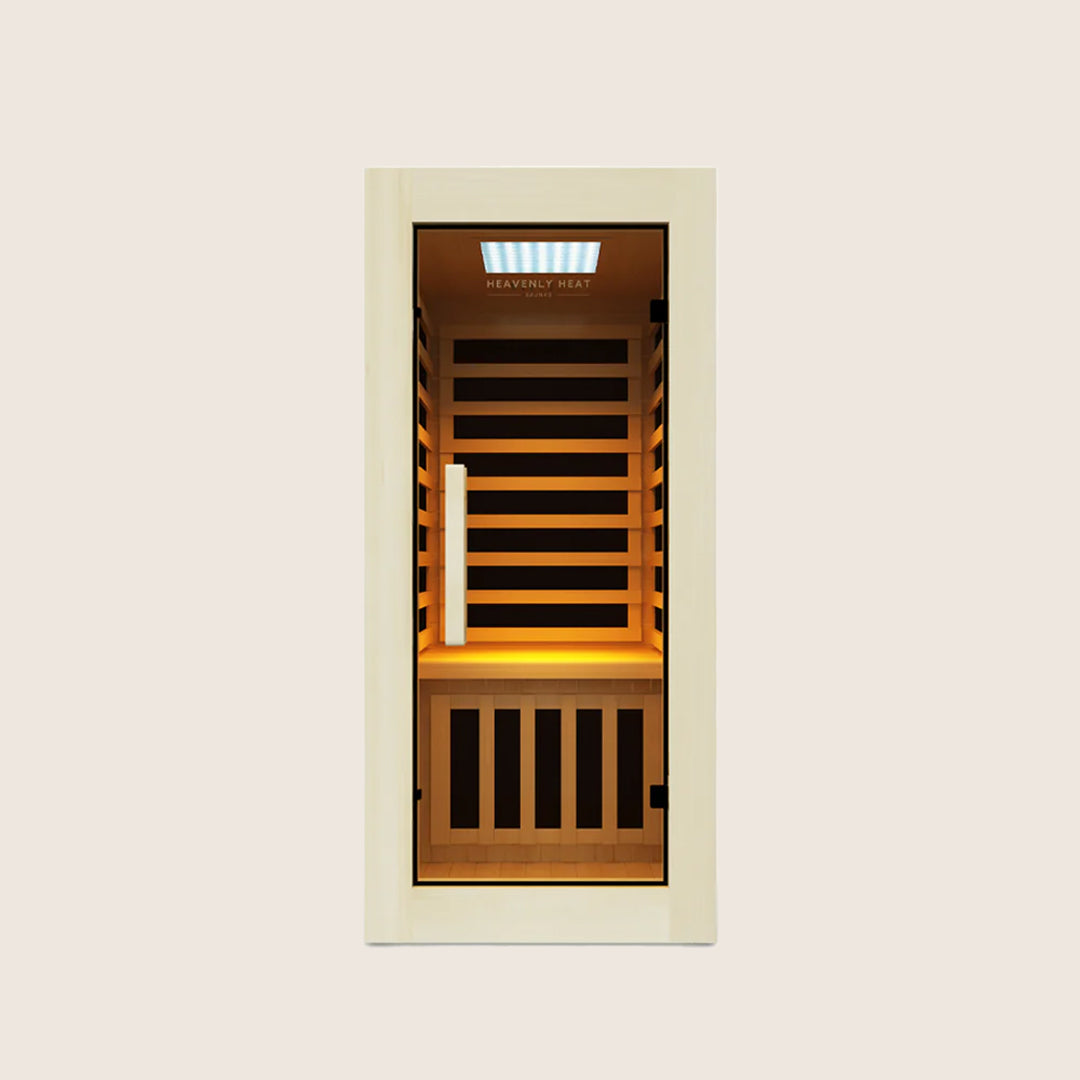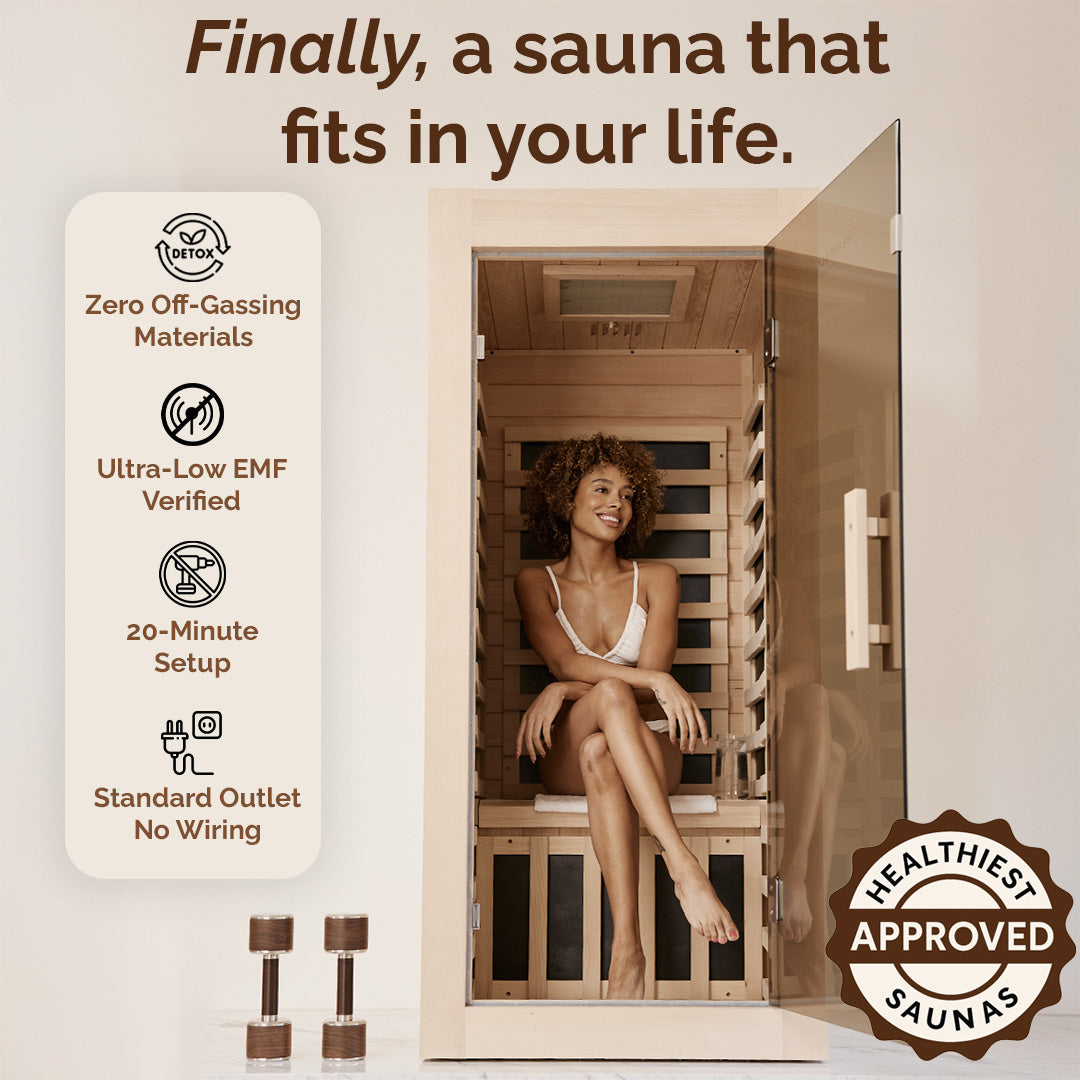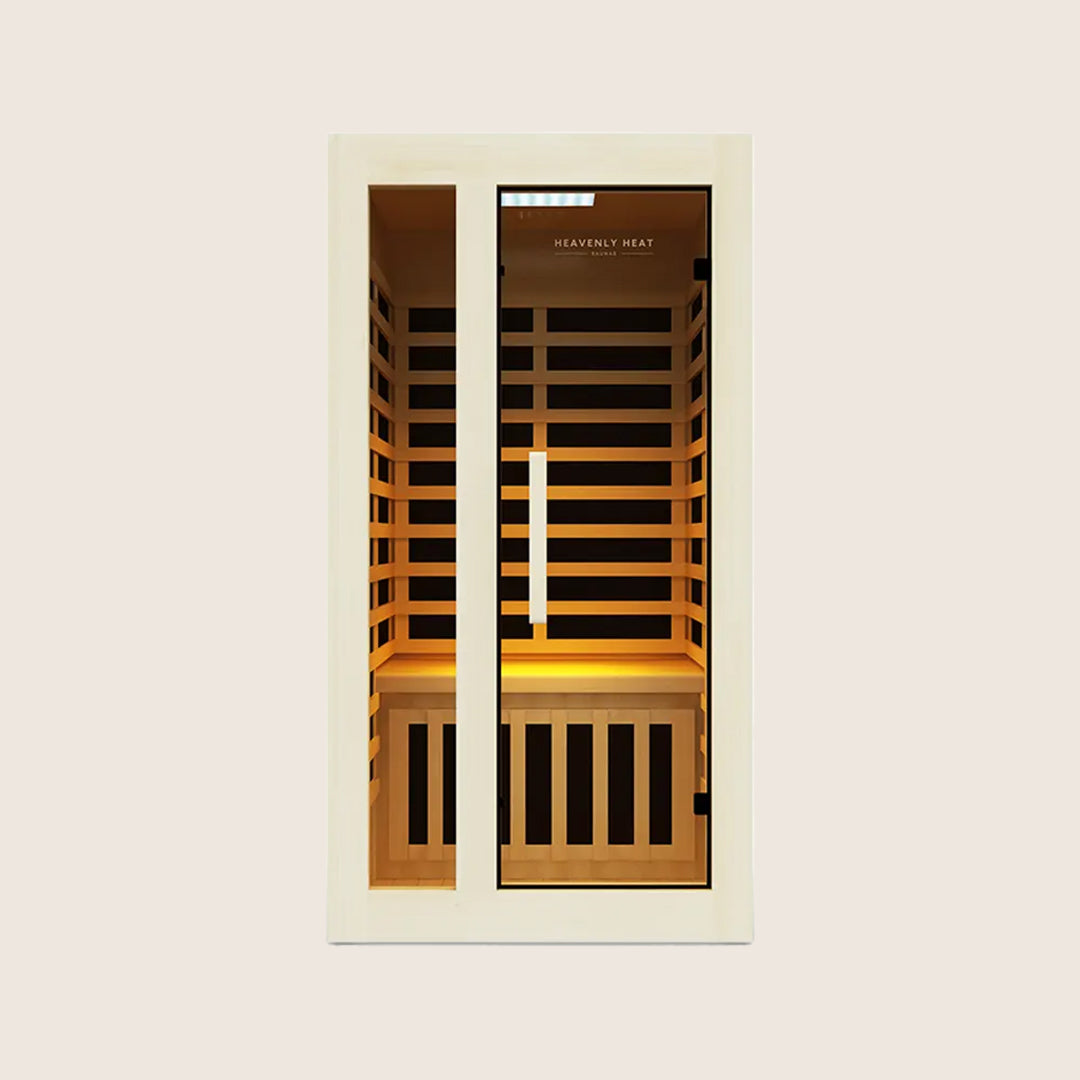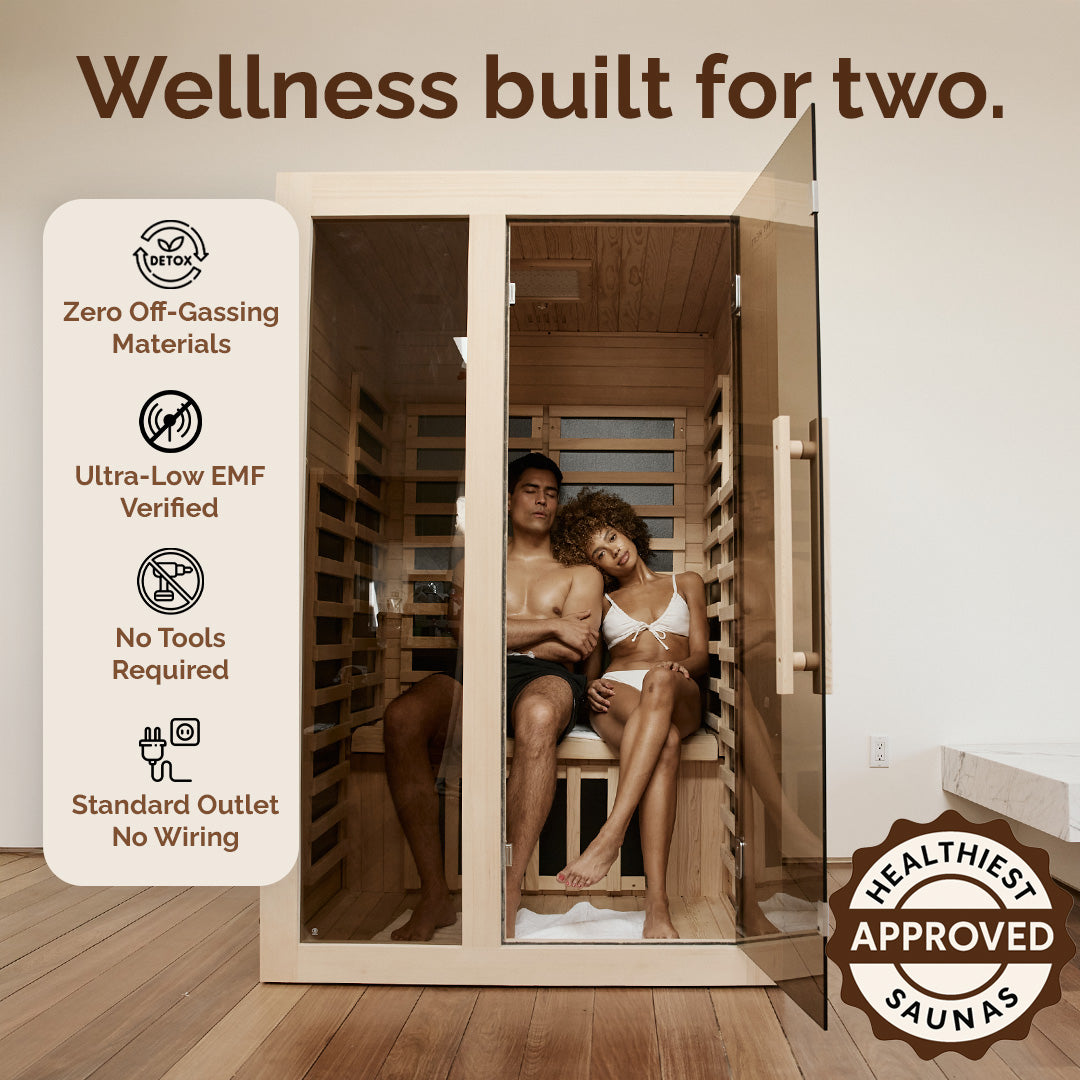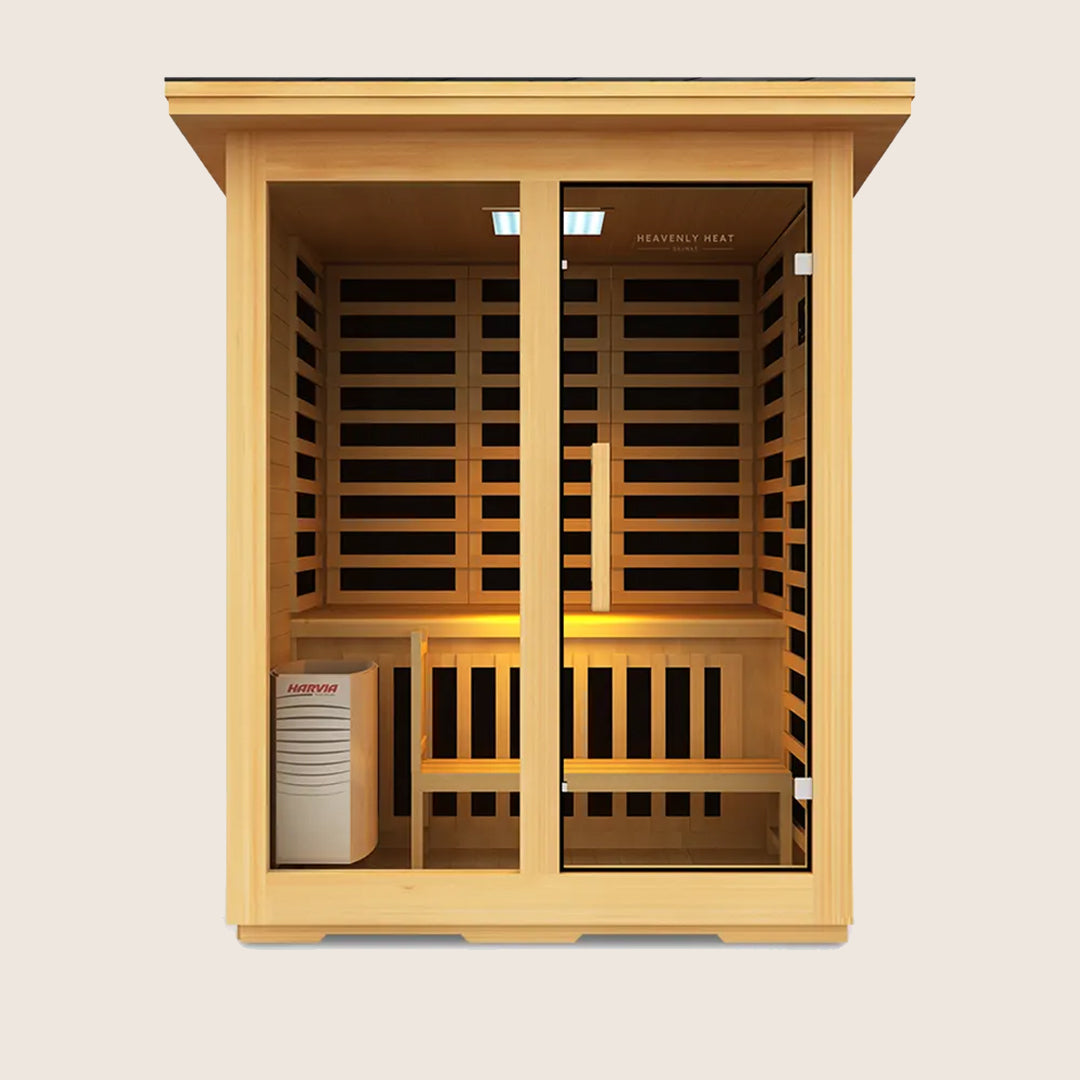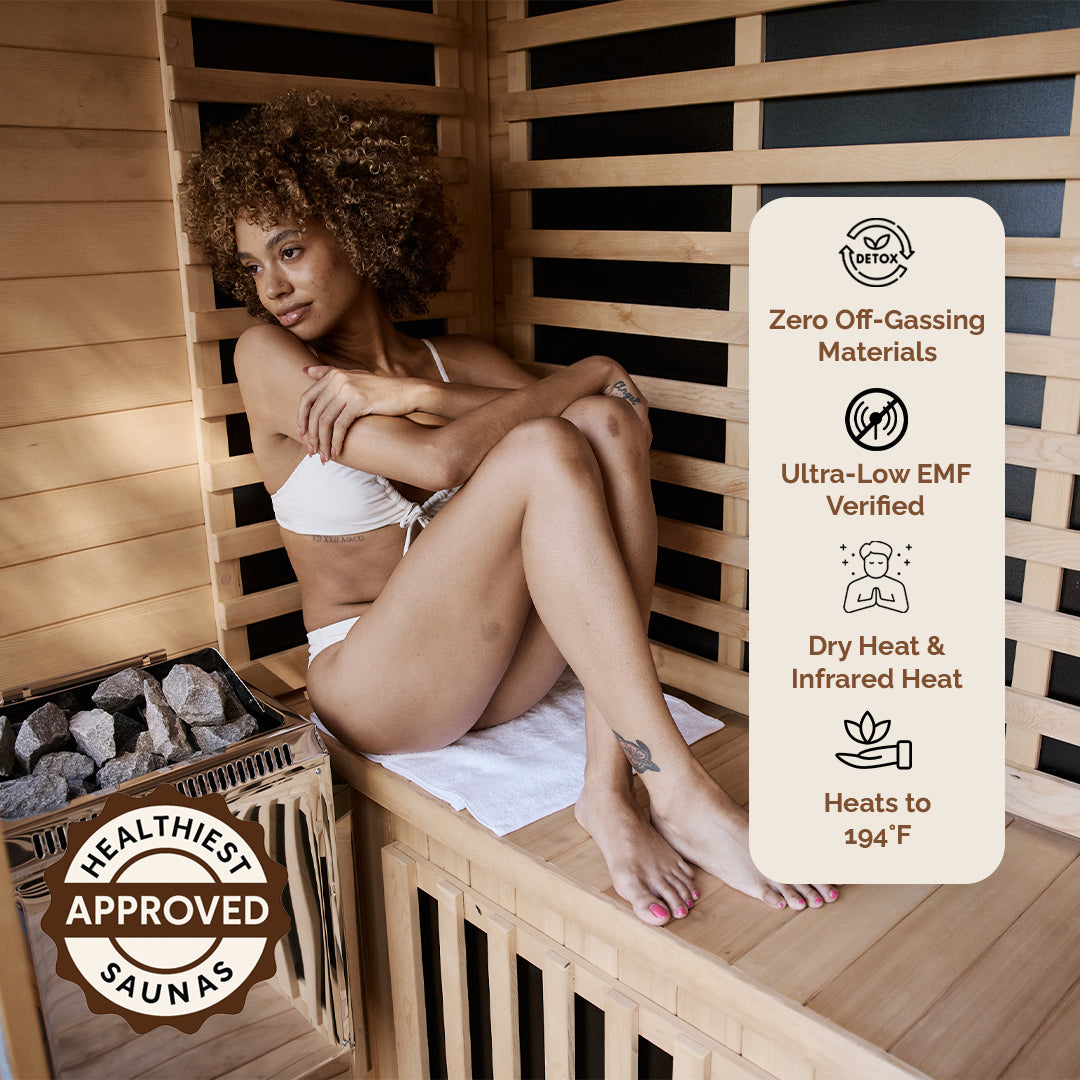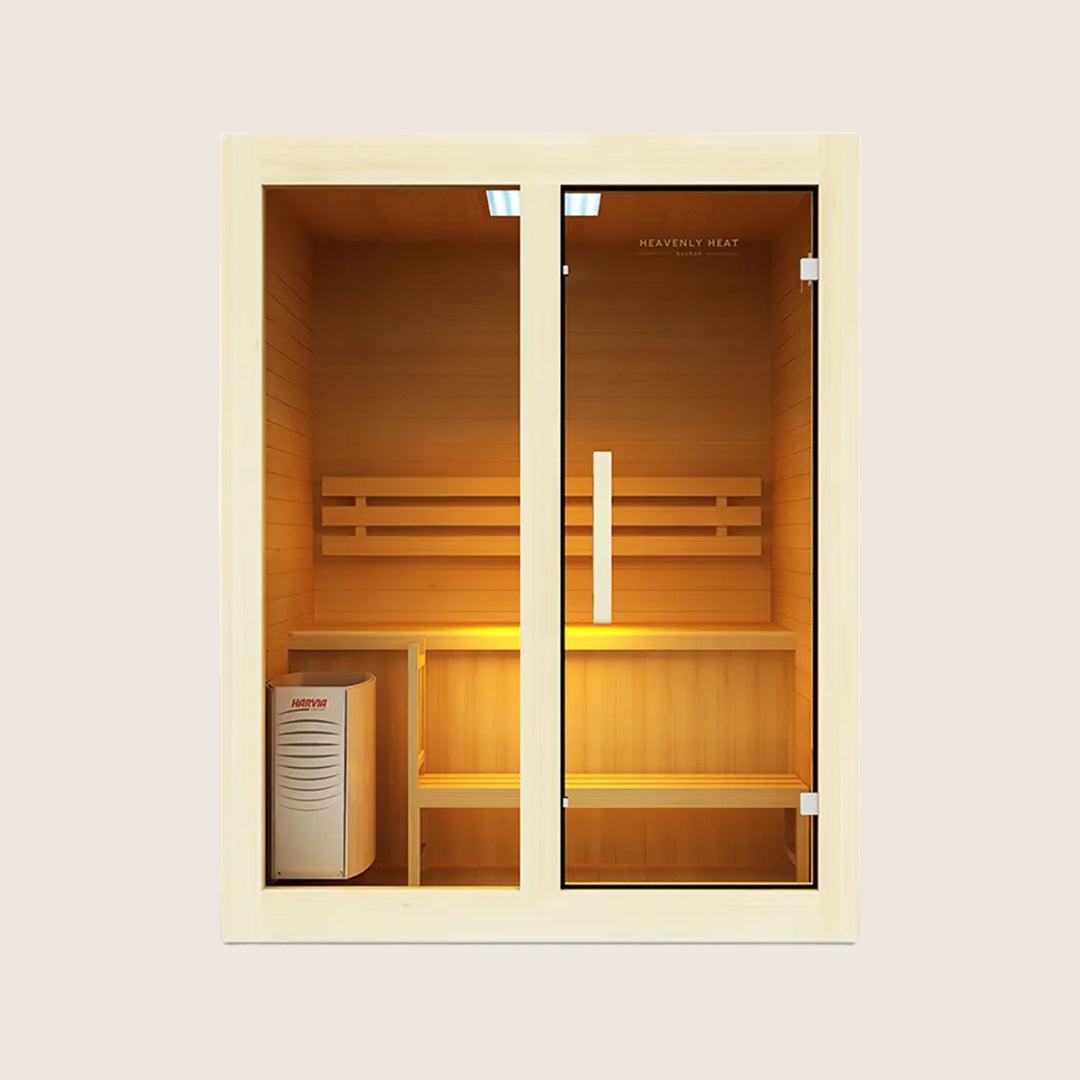Can You Have a Cold Plunge in an Apartment?

Thinking about taking ice baths but live in an apartment? You’re not alone. From tiny tubs to balcony safety, this guide breaks it all down in simple steps.
We’ll help you figure out what works, what fits, and what to avoid, so you can enjoy the cold plunge experience without stressing over space or safety.
Table of contents
Key Takeaways
Choose Compact Tubs: Opt for foldable or portable models designed for small bathrooms or balconies.
Mind the Weight: Always check your floor’s load-bearing capacity before filling a tub.
Be Neighbor-Conscious: Look for low-noise chillers and avoid water overflow.
Prioritize Safety: Use anti-slip mats and proper drainage to prevent slips and water damage.
Plan for Storage: Select tubs that collapse easily and store well in limited space.
Can You Do an Ice Bath in an Apartment?
Can you do an ice bath in an apartment? Absolutely! According to Coohom, compact tubs typically measure between 54 to 60 inches long, 30 to 32 inches wide, and 14 to 20 inches deep, fitting well in small bathrooms or balconies.
According to Fin homebuilding, a filled tub with water and a person can weigh around 850 to 900 pounds, spreading about 80 pounds per square foot, most apartment floors can usually handle this.
For convenience, portable or inflatable cold plunge tubs are great indoor options. According to DC Water pumps Blogs, chillers used to cool the water can produce noise similar to a refrigerator, so placement and noise reduction are important to avoid disturbing neighbors.

Are There Space-Saving Cold Plunge Options for Apartments?
Are there space-saving cold plunge options for apartments? Absolutely. According to Everyday Health, compact tubs like the PlungeBox measure about 27 inches in diameter and hold 79 gallons, featuring foldable insulated walls to keep water cold longer, perfect for small spaces.
Setting one up is quick, taking under 10 minutes, and requires just a few bags of ice. Portable models need less floor space than permanent tubs, which are bulkier and pricier.
According to Forbes, options like the Sun Home Cold Plunge even offer vertical designs and chillers, making them ideal for apartment living without installation hassles.

How Much Floor Space Does a Portable Cold Plunge Require?
When planning where to place your portable cold plunge, it’s important to measure your space and allow enough clearance around the tub for safe, comfortable use.
Aim for enough room to move freely without tripping hazards, and consider factors like sunlight, privacy, and accessibility.
Whether indoors or outdoors, creating a relaxing, easy-to-access spot will enhance your cold plunge experience.
Are Large Tubs Like Ice Barrels Good for Apartments?
Large tubs like Ice Barrels can fit in apartments but need some planning. They take about 5 square feet of floor space and weigh 700–900 pounds when full, so checking if your floor can handle that weight is important.
Most models fit through standard doors and elevators but can be tricky to maneuver.
According to wagnermeters, moisture from drainage or condensation might affect flooring, so using proper materials and precautions is recommended to avoid damage.
Do I Need a Dedicated Room or Outdoor Space for a Cold Plunge?
Do you need a dedicated room or outdoor space for a cold plunge? Ideally, your cold plunge should be near a water source and proper drainage to handle filling and cleaning without water damage.
Indoor spaces require good ventilation and floor drains to manage spills. If using a balcony, especially in an apartment, consider weight limits, wind exposure, and safety precautions. Also, check building or HOA rules to ensure your setup is allowed and safe.
Can a Cold Plunge Tub Be Used on a Balcony?
Can a cold plunge tub be used on a balcony? Generally, building codes and HOA rules don’t automatically allow water-filled tubs on balconies because of safety concerns.
According to Aqviz, water overflow and poor drainage can cause serious issues like structural damage, mold growth, and cracks from freezing.
These risks mean tubs usually need special approval and proper waterproofing to protect the balcony’s integrity.

Are Portable Cold Plunges Safe for Use on Wooden or Concrete Balconies?
Are portable cold plunges safe on wooden or concrete balconies? Yes, if you use a sturdy, weight-distributing platform and lightweight tubs, manage water volume, and secure the plunge carefully. Reinforcing the floor and consulting a structural engineer also helps ensure safety.
Is a Garage or Laundry Room Suitable for a Cold Plunge Tank?
A garage or laundry room can support a cold plunge tank, but you’ll need to confirm the floor’s weight limit, ensure proper drainage and ventilation, manage temperature swings, and have a GFCI outlet that meets electrical requirements.
Without upgrades, water damage, mold, and temperature instability can become real issues. Always consult a professional first.
What Surface Should I Place My Ice Bath On?
When setting up your ice bath, choose a strong, flat surface like concrete or decking. A filled 100-gallon tub can weigh over 1,000 lbs, about 100 lbs per square foot.
According to ScienceDirect, materials should have a minimum yield strength of 110 to 140 ksi to avoid deformation.
Avoid soft or uneven surfaces like grass or carpet, which can cause damage, leaks, or instability over time.
Is It Okay to Put a Cold Plunge Tank on Carpeted Floors?
Placing a cold plunge tank on carpeted floors isn’t recommended. A filled tank can weigh over 1,400 lbs, far more than most floors are rated to support.
Carpet padding isn’t designed for heavy loads; it compresses unevenly, which can cause the tank to become unstable or tip.
Moisture can also get trapped underneath, raising the risk of mold. According to Southington Carpet Cleaners, even small amounts of carpet mold can be harmful.
Manufacturers and building codes advise using solid, level surfaces like concrete. For safety, use a rigid base or consult a pro before installing indoors.
How Do I Prevent Slipping When Using an Ice Bath Indoors?
To stay safe while using an indoor ice bath, it’s important to prevent slipping on wet floors.
According to Slips Away, rubber mats with suction cups, foam mats with textured surfaces, and PVC or vinyl mats with quick-drain designs are all great non-slip options.
Many cold plunge manufacturers also recommend placing tubs on stable, waterproof, and anti-slip surfaces.
According to statistics from ScienceDirect, slipping accounts for nearly 50% of occupational accidents, highlighting the importance of proper floor safety.
Using the right mat can greatly reduce risk and help keep your ice bath setup safe and secure.
How Long Does It Take to Set Up a Portable Cold Plunge Tub?
Setting up a portable cold plunge tub can take anywhere from 5 to 45 minutes, depending on the design and features.
Inflatable, tool-free models are the quickest, many users report being plunge-ready in under 10 minutes.
Tubs with chillers or filtration systems usually take about 20–30 minutes, while high-end smart tubs may need up to 45 minutes for full setup and configuration.
How Can I Store an Ice Bath When Not in Use?
Many portable ice baths feature foldable or collapsible designs, making them easy to store when not in use.
They’re often inflatable or made from flexible materials and can fit into a carry bag or container.
According to ecobnb, it's best to store them in a cool, dry place to avoid bacterial growth and material damage.
Some tubs also come with specially designed storage bags for simple, space-saving storage.
How Do You Safely Drain a Cold Plunge Tub in a Multi-Story Building?
Draining a cold plunge tub in a multi-story building requires care. These buildings use vertical drain stacks that can get overwhelmed if water is released too fast.
Rapid draining may cause leaks in lower units. To avoid issues, use a submersible pump or hose to drain slowly and safely, protecting your plumbing and neighbors.


